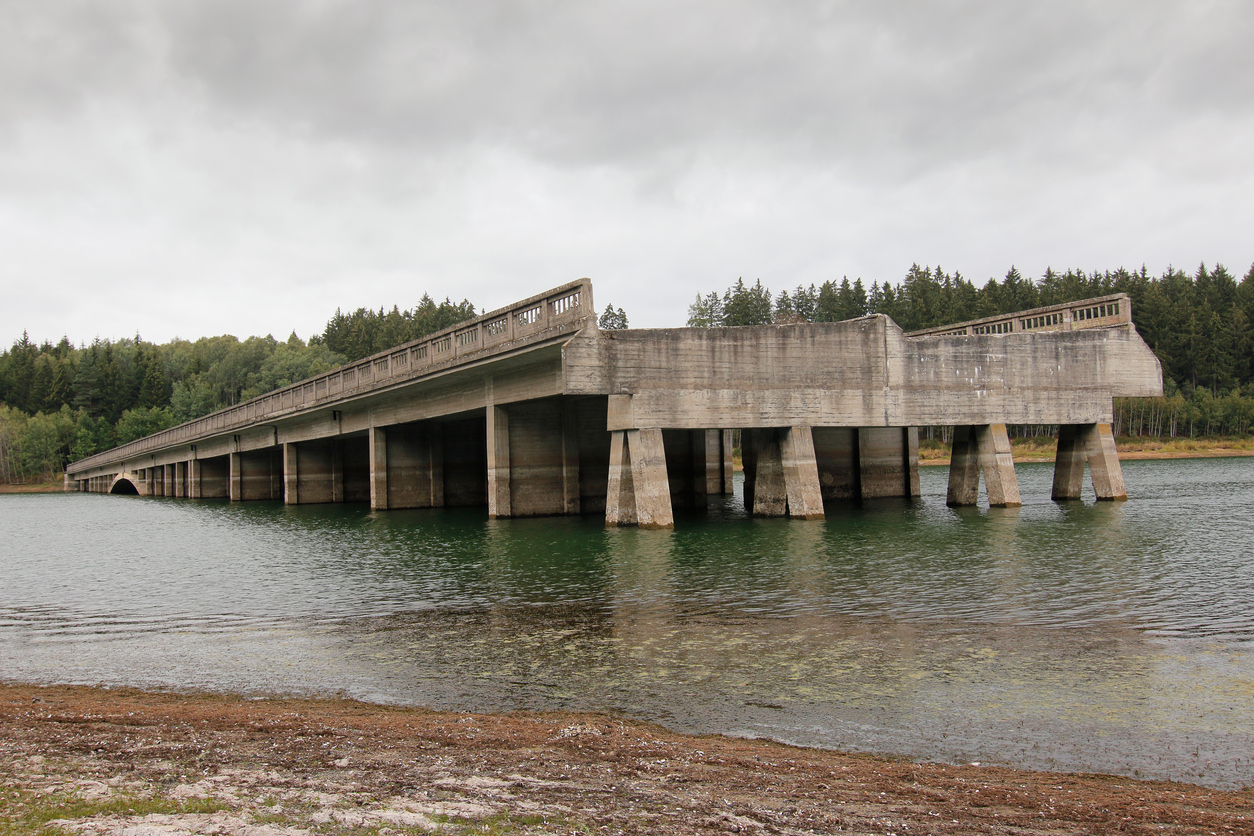
Bridge to nowhere
Remember when Maryland schools were ranked number one in the nation for five years in a row?
As it turns out, the ranking had a lot more to do with how much Maryland spent on schools and factors other than student performance, which lagged many other states. Gov. O’Malley, who was in office to bask in the glow of the accolades, never talked about this fact. I did at the time and the Kirwan Commission – tasked with building a roadmap for world class public schools in the state— admitted it in its preliminary report released in January. (A final one is supposed to be released by the end of the year.) Many members were “surprised” by the poor performance of the state’s public school students.
Really? Data from the Maryland Higher Education Commission show that a majority of students entering public colleges need to take remedial classes. The most recent data from 2015-2016 show that 72 percent of students entering community college and 20 percent of those entering a four-year public institution need to pay for classes in college that they should have needed to graduate from high school. In 2000, the percentage was about the same. As noted, this lack of learning has been happening for a long time – and getting worse since landmark 2002 Thornton legislation (officially and inaptly known as the Bridge to Excellence in Public Schools Act) that pumped an extra $3.8 billion into state public schools. For perspective, nationally, about one-third of all first-year undergraduates need to take a remedial class; and 40 percent of students entering community colleges.
Worse, poor and minority students in need of the most help have been falling farther behind their white peers during that time frame.
|
1998 |
2005 |
2006 |
2014 |
|
|
Whites |
67% |
60% |
58% |
64% |
|
African-Americans |
44% |
33% |
36% |
37% |
|
Hispanics |
56% |
42% |
43% |
44% |
That’s why it’s disturbing to hear Democrat legislators and Democrat gubernatorial candidate Ben Jealous call for fully funding what the Kirwan Commission recommends. Given its preliminary recommendations, which can best be described as Thornton on steroids, the price tag could be in the billions with no guarantee student achievement will match its expectations. What if the good intentions don’t work in practice again? What will be the solution then?
The preliminary report (p. 34) candidly admitted the countries with the best schools in the world spend about 50 percent less than Maryland does per student, but fails to examine why beyond a cursory paragraph.
What if more money is not the answer? Even in Maryland, a state where registered Democrats outnumber Republicans, a majority wants school choice. Children’s Scholarship Fund Baltimore is just one example of why more choice works. All of its scholarship recipients are low-income and a majority are minority students. 97 percent of the students who receive scholarships from CSFB from K-8th grade graduate from high school and 84 percent go on to attend college. Would that those results could be replicated in the increasing number of high poverty schools throughout the state.
Children in struggling public schools need options now, not 10 or 20 years from today. And spending billions more to achieve results that were supposed to have happened already makes little sense. Taxpayers should be suing to get their money back, in fact. Aside from Wall Street, where else can a system so utterly fail and the solution is to give the perpetrators more money?





